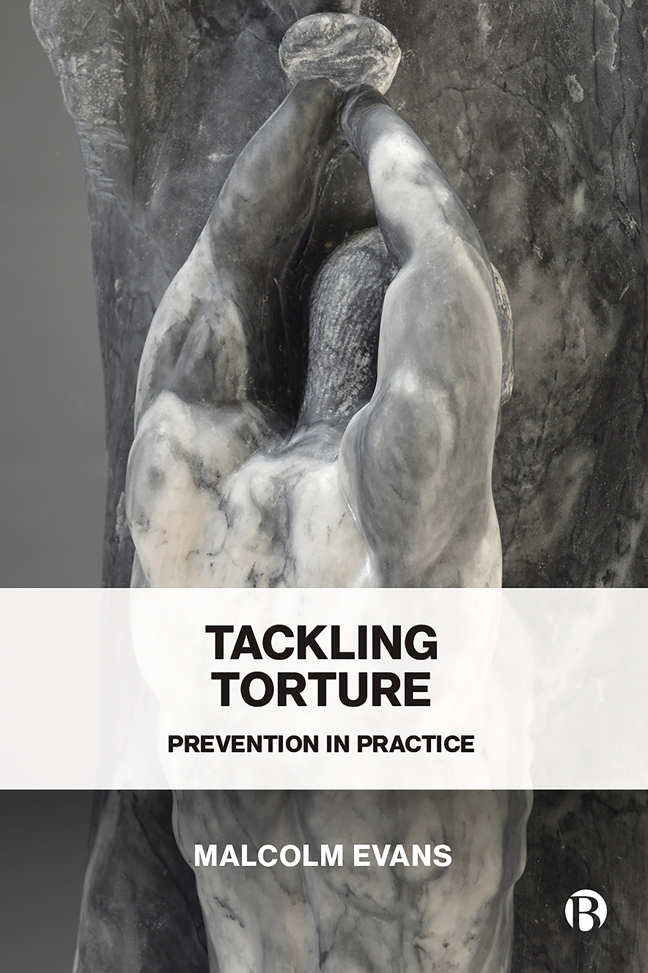12 - Thinking Positively about Prevention
Published online by Cambridge University Press: 24 January 2024
Summary
Introduction
If some of the last few chapters seem unremittingly bleak it is because they are. They seek to sketch the outlines of just some of the realities encountered by the UN Subcommittee on Prevention of Torture (SPT) in its pursuit of the prevention of torture and ill-treatment. Each merits further detail and explanation, and there are many others that could also have been highlighted as well. Taken collectively, they convey an impression of the problems that prevention needs to confront, including the need to challenge some deeply embedded assumptions about the causes of torture and ill-treatment and how we respond to it.
Those who have read this far might have spotted what may appear to be a significant disjuncture in my presentation of prevention. Much of the discussion in the earlier chapters focused on torture and how this related to inhuman and degrading treatment, but little was said about inhuman and degrading treatment itself. Yet the later chapters of this book have largely raised matters concerning the treatment of detainees and the application of the criminal justice process. Does this mean that the two halves of the book do not join up? Is ‘torture prevention’ just another fiction, and although we say we are ‘tackling torture’, in fact we are not? We might be doing something of importance, but is it what we say it is?
When the European Convention on the Prevention of Torture (CPT) was being drafted, it was made clear that the purpose of the Convention was to prevent torture, and it was not about the conditions in which people were detained. Yet that is precisely what much of the work of the CPT and the UN Subcommittee on Prevention of Torture (SPT) and National Preventive Mechanisms (NPMs) is in fact all about. Is this a contradiction? I do not think it is – although that does not mean there is not a lot more that could be done to make the SPT and NPMs better at preventing torture too. This concluding chapter seeks to explain why, and how.
Revisiting ‘what is torture?’
There is an ‘easy’ answer to all this, which is that these preventive bodies were set up to tackle not only torture but also to tackle inhuman and degrading treatment as well, and so they are only doing what they were always intended to do.
- Type
- Chapter
- Information
- Tackling TorturePrevention in Practice, pp. 184 - 198Publisher: Bristol University PressPrint publication year: 2023

